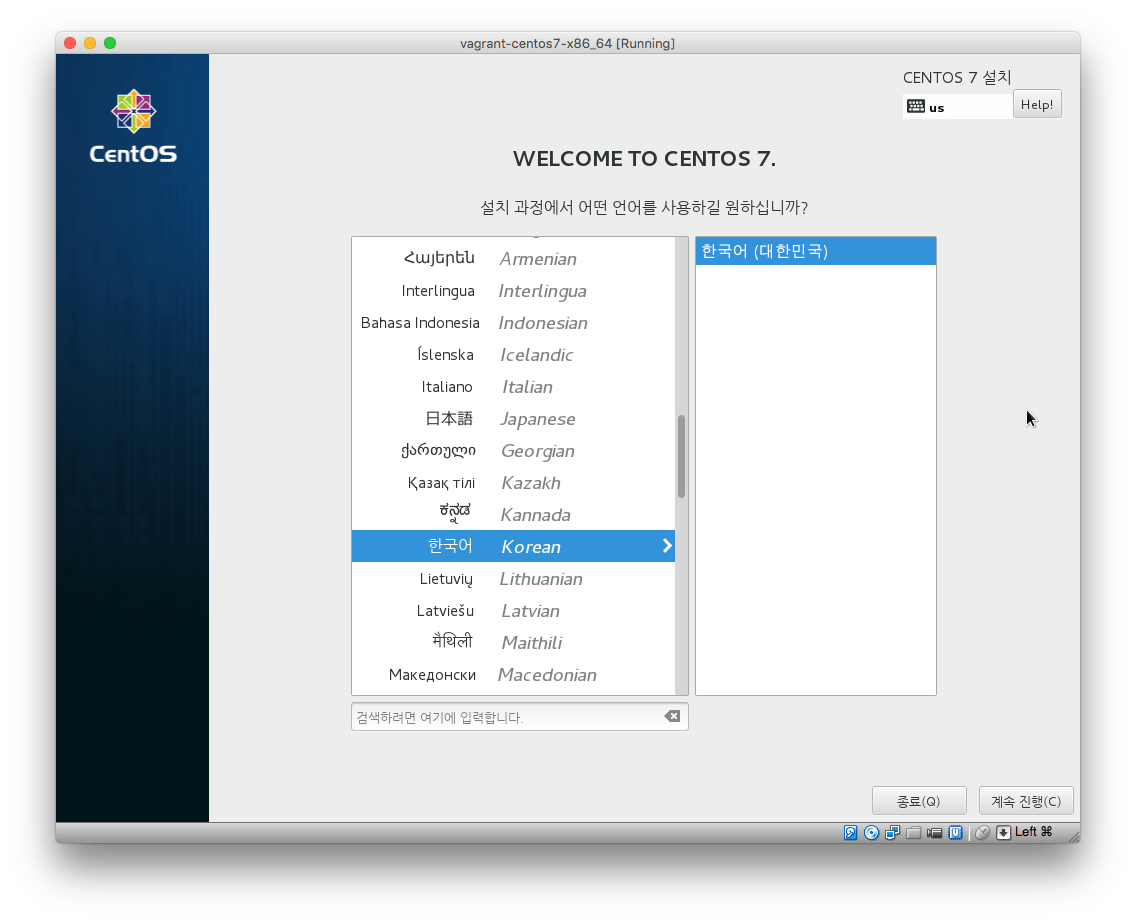

Packages that can be installed using the installer.

Here is a brief explanation about Centos 7 ISO images differences In the end I can transform minimal to full version, by installing all needed packages. In full version they all preinstalled and configured. If I want add packages - I install them manually by package manager from same repositories. Only base/minimal working system with command line interface only. I don’t use CentOS, but use Ubuntu full version and minimal version - difference are following: minimal version doesn’t have GUI and packages like Firefox, Libreoffice, etc. Because of this, I think, that checking from which ISO image you have installed your current system is unnecessary, but it may be possible indirectly, by checking which packages were installed additionally by package manager (only my assumption). To learn more about CentOS visit the CentOS Project here.It’s all about size of ISO image and amount preinstalled packages, the CentOS base is the same. It’s also available in generic cloud-init enabled images.

That makes it extremely dependable and reliable.įurthermore, the CentOS community project is expanding their availability over a large array of platforms like Google, Amazon AWS and others. While the release support cycles for Fedora, for example, last up to 13 months, CentOS releases provide support for up to 7 years. One of the most valuable parts of CentOS is the long support cycle. Moreover, all RHEL packages are fully compatible with CentOS, providing a robust, stable and easy to manage platform, ensuring the highest level of operational security for free.ĬentOS is binary compatible with RHEL out of the box and is the preferred platform for server installations. This is available only if you’ve bought the support package. Retrieved 16:11, January 5, 2019ĬentOS or Community Enterprise OS is an open source distribution based on RHEL or Red Hat Enterprise Linux. Wikimedia Commons, the free media repository.


 0 kommentar(er)
0 kommentar(er)
